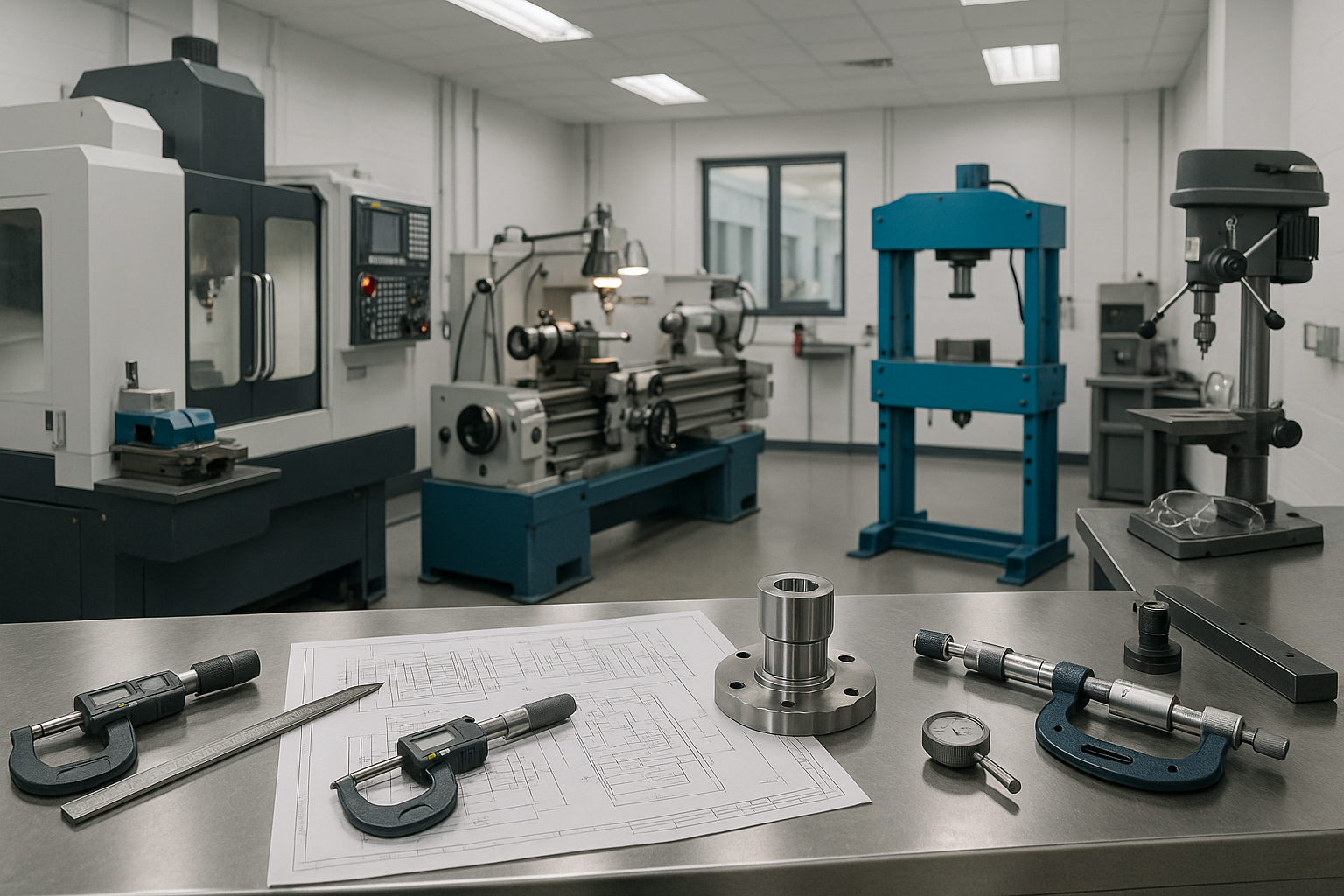Choosing the Right Stoppers: A Comprehensive Guide
Choosing the right stoppers is crucial for various applications, whether it's for bottles, bags, or any other type of container. Stoppers play a significant role in keeping contents secure, preventing leaks, and maintaining freshness. With the variety of stoppers available on the market, it's essential to consider factors such as the material, size, and the specific application to ensure functionality and effectiveness.
There are many different types of stoppers to choose from, including cork stoppers, plastic stoppers, rubber stoppers, and more. Each type offers unique benefits and is suited to specific needs. For instance, cork stoppers are commonly used in the wine industry due to their ability to provide an airtight seal while allowing flexibility for the cork to expand and contract. Plastic stoppers, on the other hand, are popular in the beverage industry for their lightweight and durable characteristics.
When selecting stoppers, it's vital to think about their purpose. For example, stoppers used for laboratory glassware must be chemically resistant and fit securely to prevent contamination. Similarly, food-grade stoppers are necessary for culinary applications to ensure safety and compliance with health regulations.
Size is another critical consideration when choosing stoppers. The diameter and height of the stopper must match the opening of the container to guarantee a proper fit. For example, a too-small stopper can allow air to enter, leading to spoilage, while a too-large stopper may not fit securely, risking leaks.
In addition to material and size, consider the closure method of the stoppers. Some stoppers offer a simple push-in closure, while others may involve a screw cap or trigger action. Each method has its advantages and disadvantages, depending on how often the contents need to be accessed and the level of security required.
For those venturing into DIY projects, it’s essential to know that crafting your stoppers is a possibility. Natural materials like wood or even silicone can be used creatively to make stoppers that not only serve their purpose but also add a touch of personalization to your containers.
Ultimately, the key to making the right choice lies in understanding your specific needs and evaluating the options based on the application. Researching the different types, materials, and brands of stoppers will arm you with the knowledge to make an informed decision. This guide provides a comprehensive overview to help you navigate your choices effectively.









